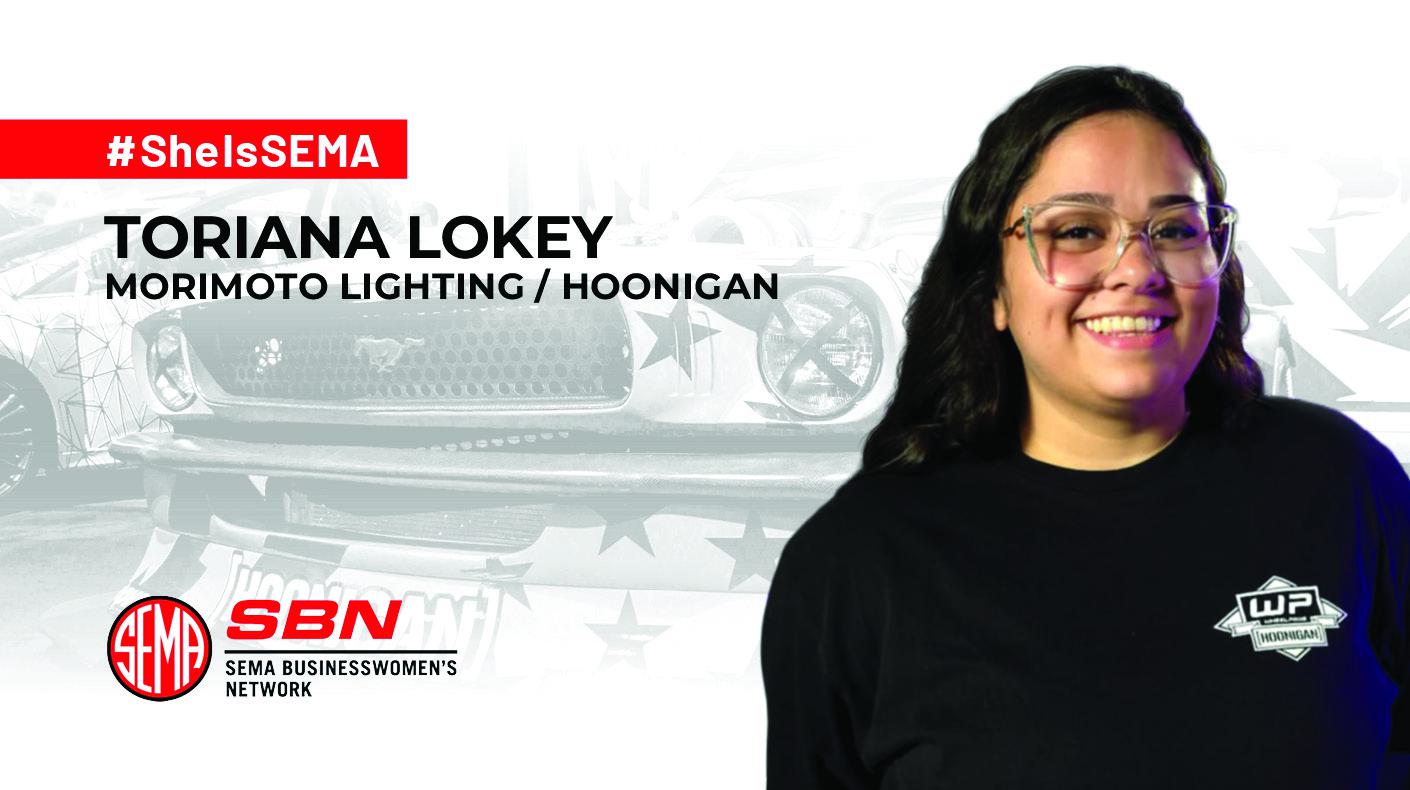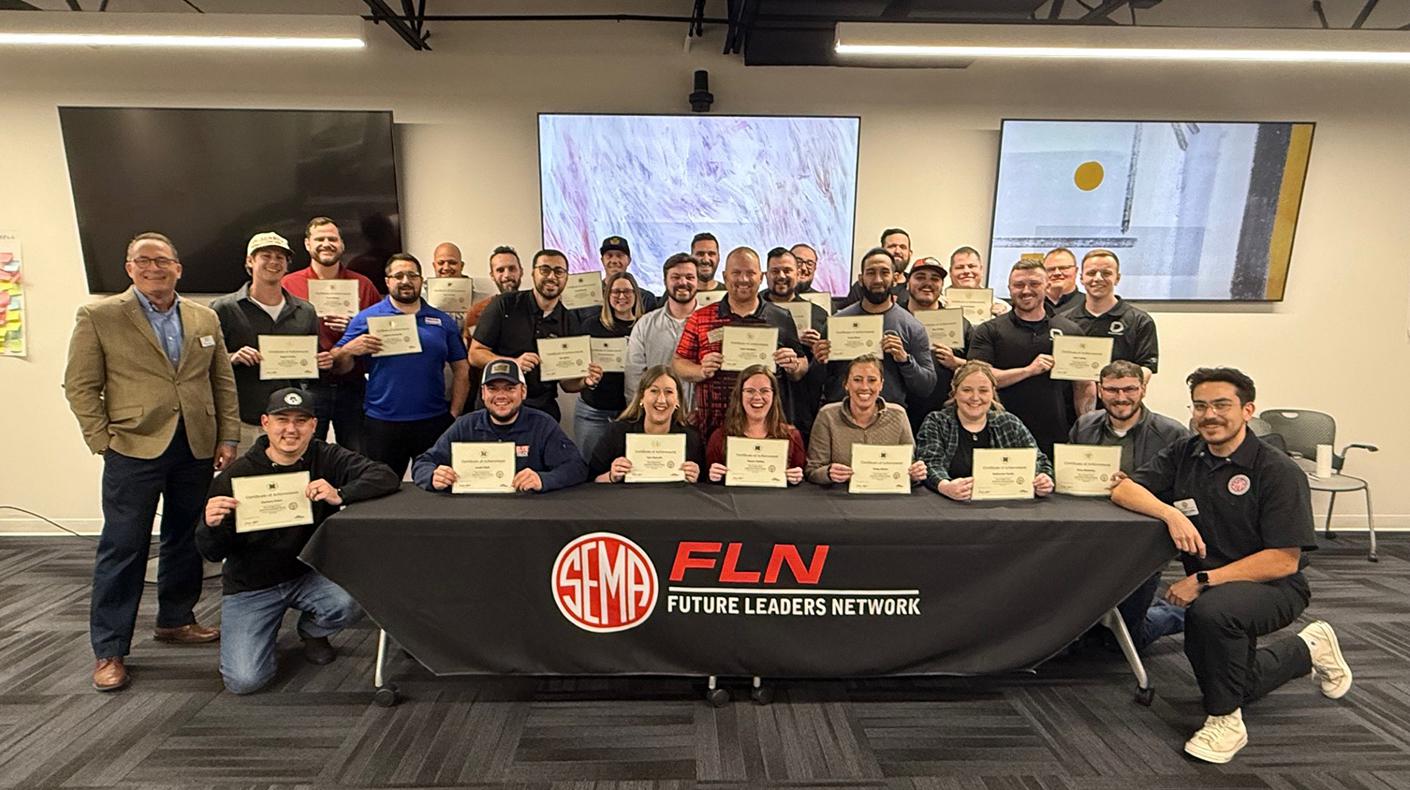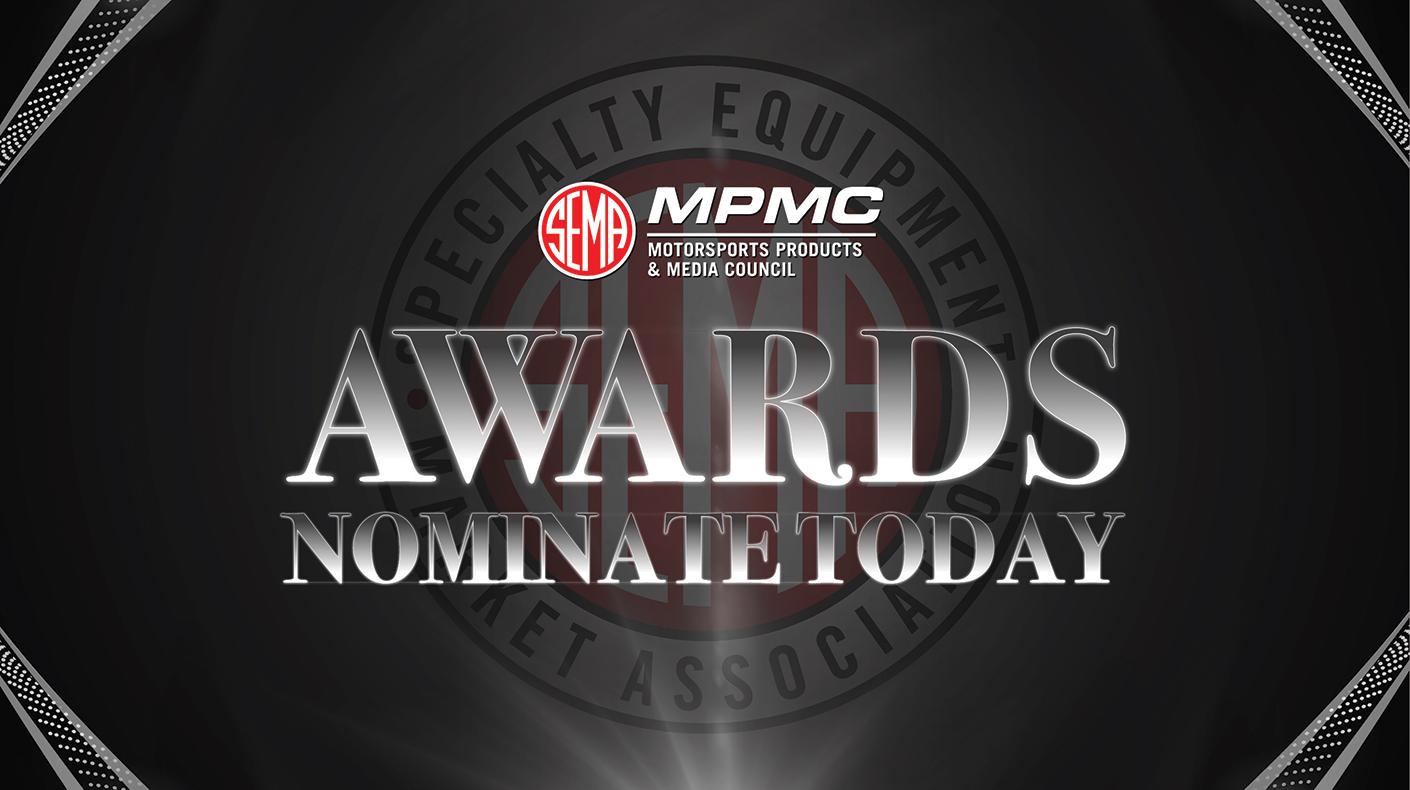As reported earlier, SEMA has funded an in-depth study which reveals that the U.S. market is seeing a decreasing number of platforms and a rising number of nameplates, presenting a challenge for SEMA-member companies to produce a broad array of products with distinct features, while using more common platforms and parts.
The study, entitled "The Specialty-Equipment Automotive Company of the Future: Guideposts for Strategic Planning (Phase I)" and prepared by the Center for Automotive Research (CAR), indicates that the existence of multiple platforms would allow member companies to develop and produce the wide selection of products the market will call for in the near future. The OEMs, however, face the need to reduce costs by using fewer platforms and maximizing the use of common components.
The trend by the OEMs to cut back on their build combinations and trim offerings presents both challenges and opportunities for member companies. Those who successfully adapt their products to a specific platform will have a greater potential for increased sales since the sales forecast for future platforms shows growth. Member companies that are not able to adjust their products to a specific platform, however, will find a share of the market closed to them.
Those whose products are related to the vehicle body or trim will find the wider number of nameplates a challenge, as they will be forced to customize their products to fit on a broad array of vehicles. Significantly, member companies must become aware of what build combinations will be eliminated.
“That's where SEMA’s lean customization principles are having an increased impact on OEM vehicle-engineering processes and offer new-product development opportunities for both OEMs and SEMA-member companies,” said John Waraniak, SEMA vice president of vehicle technology. “The OEMs are being driven to reduce vehicle complexity while simultaneously having the flexibility to build more models and top-hat variants off of fewer platforms.
"SEMA companies can help take the complexity out of the assembly plants by collaborating with OEMs. They can develop product plans and vehicle architectures with simplified and cost-effective bills of material that can be profitably customized with factory and SEMA-member parts and accessories at dealers, customization centers and independent installers.”
Changes in vehicle types include the market’s shift away from body-on-frame vehicles to those with unibody structures, which correlates with the decline of the SUV segment and the rise of the passenger-car-based CUV. As a result, member companies that specialize in truck-based products will face an obvious challenge, as well as those whose products use the vehicle's frame as an attachment point, including manufacturers of suspension, steering and brake products.
These member companies will eventually have to either abandon obsolete product lines or adapt their product range to include components for CUVs and the passenger cars on which they’re based.
“At the recent SEMA CEO Roundtable, Dave Cole, CAR chairman, commented that the industry is in a crisis environment due to the speed of change,” said Waraniak. “The instinct is to run to the back of the cave during a crisis and come out after the storm is over. But as Cole said, that is the wrong strategy in this case. Now is the time to play, to do big things, to challenge conventional wisdom with non-traditional thinking.”
To gain further insights from the CAR report, participate in the "The Specialty-Equipment Automotive Company of the Future: Guideposts for Strategic Planning (Phase I)" webinar, presented by Brett Smith, CAR assistant director of the manufacturing, engineering and technology group, and Richard Wallace, CAR senior project manager.
Both Smith and Wallace authored the CAR study and will present findings from the report. Waraniak will moderate the session.
The webinar is scheduled for Thursday, January 15, 2009, from 10:00 a.m.–11:00 a.m. (PDT).
For further details on the webinar, send your name, company, e-mail and phone number to ingai@sema.org.





